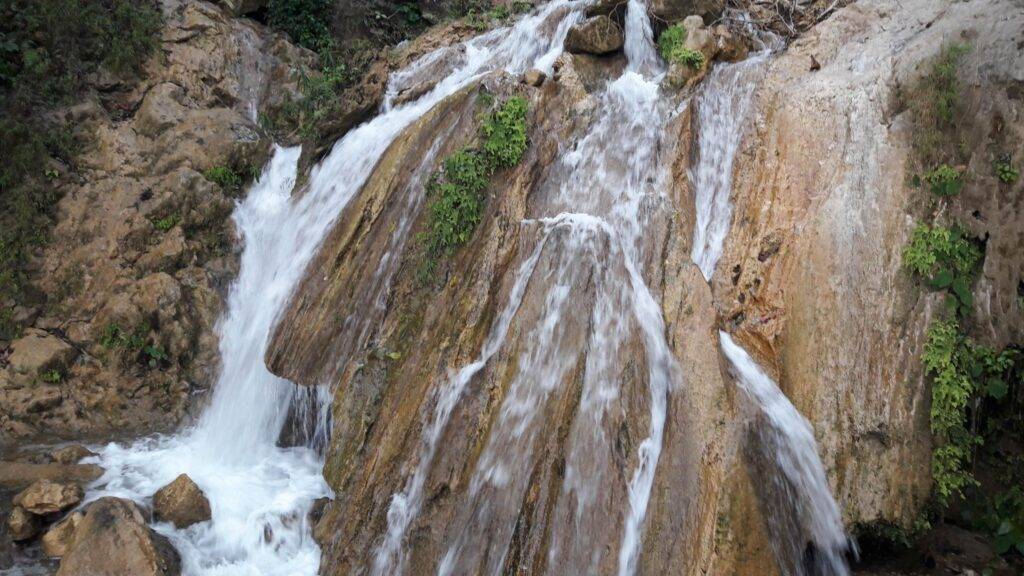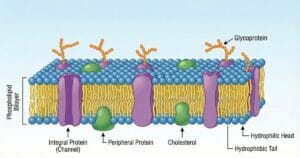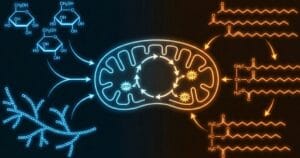
COMPETITIVE EXAM MCQs SERIES of ENVIRONMENTAL SCIENCE for UGC-NET/JRF, SLET, ARS, GATE, and other entrance tests – Environmental Geosciences – Weathering.
Syllabus Outline
- Fundamental processes of weathering and their implications for environmental geology.
- Types of weathering (e.g. physical, chemical, and biological).
- Weathering mechanisms (e.g. physical, chemical, and biological processes).
- Physical Weathering Processes: frost wedging, thermal expansion, abrasion
- Biological weathering: plant roots, burrowing organisms
- Chemical Weathering Processes (e.g. Dissolution: carbonate and silicate minerals, Hydrolysis: feldspar weathering and clay mineral formation, Oxidation: iron oxidation and weathering of sulfide minerals).
- Factors Influencing Weathering (e.g. Climate: temperature, precipitation and humidity, Rock and mineral composition, Topography and relief, Vegetation and biotic activity
- Weathering processes in different geological settings.
- Role of weathering in shaping landscapes and influencing geological phenomena.
- Interactions between weathering processes and environmental factors (e.g. climate, land use practices, and human activities).
- Applications of weathering principles in environmental management and resource conservation.
This quiz contains the concept-based most frequently asked 25 MCQs of “Environmental Geosciences – Weathering “. Each question has a single correct/most appropriate answer.
*****
1. In which type of climate does physical weathering dominate over chemical weathering?
a) Humid tropical
b) Arid
c) Polar
d) Temperate
2. Which of the following minerals undergoes significant dissolution due to the presence of chelating agents secreted by lichens, leading to enhanced chemical weathering?
a) Feldspar
b) Quartz
c) Pyroxene
d) Olivine
3. What type of weathering involves the breakdown of rocks through the growth of plant roots?
a) Biological weathering
b) Chemical weathering
c) Erosional weathering
d) Mechanical weathering
4. What is the primary factor responsible for large expanses of desert pavement through weathering?
a) Hydration
b) Oxidation
c) Freeze-thaw action
d) Abrasion
5. Which of the following statements best summarizes the role of weathering in the carbon cycle?
a) Weathering releases carbon dioxide into the atmosphere, contributing to the greenhouse effect.
b) Weathering enhances the formation of carbonaceous aerosols, leading to global cooling.
c) Weathering has negligible effects on the carbon cycle compared to other geological processes.
d) Weathering consumes atmospheric carbon dioxide through carbonate minerals dissolution, acting as a long-term carbon sink.
6. What term describes the process of rock fragments being worn away as they collide with each other during transportation by wind or water?
a) Erosion
b) Abrasion
c) Corrasion
d) Attrition
7. In highly weathered tropical soils, which mineral dissolution product contributes significantly to the increase in soil acidity, affecting nutrient availability and plant growth?
a) Gibbsite
b) Goethite
c) Kaolinite
d) Hematite
8. Which type of weathering involves the alteration of minerals through water molecule addition or removal?
a) Oxidation
b) Hydrolysis
c) Carbonation
d) Hydration
9. Which of the following minerals is most resistant to chemical weathering?
a) Quartz
b) Feldspar
c) Gypsum
d) Calcite
10. Assertion (A): Salt crystallization is a process in mechanical weathering where salt crystals form in rock cracks, causing physical breakup.
Reasoning (R): The growth of salt crystals exerts pressure on the rock, leading to its disintegration into smaller pieces.
a) A is incorrect, but R is correct.
b) A is correct, but R is incorrect.
c) Both A and R are incorrect.
d) Both A and R are correct, and the R is the correct explanation of the A.
11. Which statement best describes the relationship between atmospheric carbon dioxide levels and chemical weathering rates?
a) Higher carbon dioxide levels accelerate physical weathering rates, indirectly affecting chemical weathering.
b) Higher carbon dioxide levels enhance chemical weathering rates through increased dissolution of carbonate minerals.
c) Higher carbon dioxide levels have minimal influence on chemical weathering processes.
d) Higher carbon dioxide levels lead to decreased chemical weathering rates due to reduced carbonation reactions.
12. The dissolution of carbonate minerals, such as calcite and dolomite, in natural waters is primarily controlled by which of the following factors?
a) Presence of transition metal ions and atmospheric pressure
b) Ionic strength and mineral surface area
c) Organic matter content and redox potential
d) pH and temperature
13. Which of the following mechanisms plays a crucial role in accelerating chemical weathering in mountainous regions through the exposure of fresh mineral surfaces by tectonic uplift?
a) Spheroidal weathering
b) Fracture-filling mineralization
c) Pressure release exfoliation
d) Joint-controlled weathering
14. Which of the following environmental factors is least likely to influence the rate of chemical weathering in terrestrial ecosystems?
a) Surface area and mineral composition
b) Atmospheric pressure and wind intensity
c) Vegetation cover and root exudates
d) Temperature fluctuations and freeze-thaw cycles
15. What is the primary cause of exfoliation in rocks?
a) Frost action
b) Chemical reactions
c) Biological activity
d) Pressure release
16. What is the primary agent of chemical weathering in arid regions?
a) Rainwater
b) Wind
c) Ice
d) Groundwater
17. Which type of weathering involves the expansion and contraction of rocks due to temperature changes?
a) Frost action
b) Hydration
c) Carbonation
d) Oxidation
18. Certain microbial communities on mineral surfaces can enhance the rate of chemical weathering through:
a) Release of organic acids promoting mineral dissolution
b) Absorption of water molecules reducing hydration rates
c) Formation of protective biofilms inhibiting mineral dissolution
d) Production of mineral-stabilizing enzymes reducing mineral reactivity
19. Assertion (A): Chemical weathering rates are typically higher in regions with high temperatures and abundant rainfall.
Reasoning (R): Elevated temperatures accelerate chemical reactions, while ample rainfall provides the necessary moisture for chemical processes.
a) Both A and R are incorrect.
b) Both A and R are correct, and the R is the correct explanation of the A.
c) A is correct, but R is incorrect.
d) A is incorrect, but R is correct.
20. Which process is responsible for cave formation in limestone bedrock?
a) Hydrolysis
b) Carbonation
c) Hydration
d) Oxidation
21. What is the primary agent responsible for chemical weathering in humid climates?
a) Water
b) Oxygen
c) Nitrogen
d) Carbon dioxide
22. Assertion (A): Pressure release is a mechanism of mechanical weathering that causes rocks to expand and break apart.
Reasoning (R): When overlying rocks are eroded, the reduced pressure on underlying rocks can lead to their expansion and fracturing.
a) Both A and R are correct, and the R is the correct explanation of the A.
b) Both A and R are incorrect.
c) A is incorrect, but R is correct.
d) A is correct, but R is incorrect.
23. Which of the following factors accelerates chemical weathering?
a) Low-temperature
b) Low carbon dioxide levels
c) Low humidity
d) High rainfall
24. Assertion (A): Exfoliation is a type of mechanical weathering that involves the breaking apart of rock layers parallel to the Earth’s surface.
Reasoning (R): As rock layers are uncovered, they expand due to lower confining pressure, resulting in exfoliation.
a) Both A and R are correct, and the R is the correct explanation of the A.
b) A is correct, but R is incorrect.
c) Both A and R are incorrect.
d) A is incorrect, but R is correct.
25. Which mineral is particularly susceptible to dissolution by carbonic acid in water, leading to weathering?
a) Quartz
b) Feldspar
c) Calcite
d) Gypsum
*****
Previous: Geophysical Fields
Next: Identification and Characterization of Clay Minerals
References
- Prothero, Donald R., and Schwab, Fred (2018) Sedimentary Geology, W. H. Freeman, 3rd edition.
- Levin, Harold L. (2006) The Earth Through Time, John Wiley & Sons, 9th edition.
- Mahapatra, S. N. (2015) Geology, Tata McGraw-Hill Education, 3rd edition.

